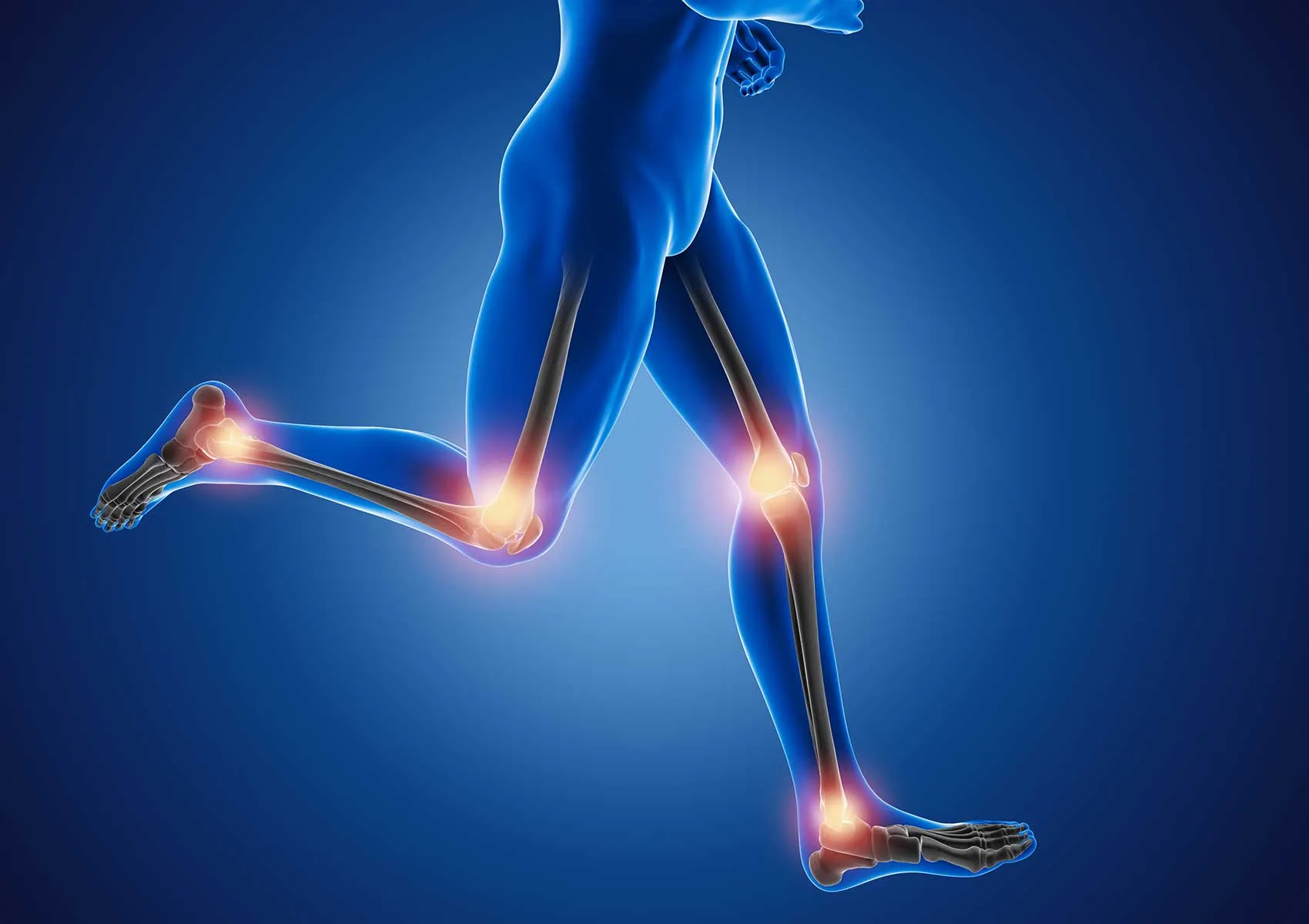How Does Life Change After an Osteotomy?
Preserving the Joint for a More Active Future
Osteotomy is a joint-preserving surgical procedure most commonly performed around the knee or hip to correct mechanical load imbalances. It is typically offered to young and active patients who experience pain due to localized cartilage wear but are considered too young for joint replacement surgery. The goal is not only to reduce pain but to extend the life of the natural joint, helping patients stay mobile and independent for as long as possible.
But how does osteotomy affect daily life? Can patients return to walking, climbing stairs, or even playing sports? In this article, we explore the effects of osteotomy on quality of life, including physical function, psychological well-being, and social reintegration—supported by scientific data and patient experiences.
What Is the Aim of Osteotomy?
Osteotomy involves cutting and realigning a bone—usually the tibia (shin bone) or femur (thigh bone)—to redistribute weight away from the damaged part of the joint. By correcting this alignment, the healthier side of the joint bears more load, relieving pressure on the worn cartilage.
The main goal is to preserve the patient’s natural joint and avoid or delay the need for a prosthetic implant. This directly translates into improved quality of life, allowing individuals to remain physically active and maintain independence.
How Does It Impact Daily Life?
The effects of osteotomy extend beyond joint pain relief. It improves many aspects of a person’s everyday life, including:
1. Pain Relief and Improved Mobility
Most patients experience a noticeable decrease in pain after surgery, allowing them to walk, bend, and move more freely—often without assistive devices.
2. Greater Independence in Daily Activities
Simple tasks like climbing stairs, walking for longer distances, or standing for extended periods become easier, increasing the patient’s autonomy and reducing reliance on others.
3. Faster Return to Work and Social Life
Many osteotomy candidates are still in the workforce. After a few months of recovery and rehabilitation, most can return to their jobs and social routines.
4. Psychological Benefits
Chronic pain can lead to depression, isolation, and frustration. When the pain subsides and movement improves, confidence returns. Many patients report a significant improvement in mood and outlook.
5. Lower Risk of Surgical Complications
Compared to joint replacement, osteotomy is less invasive, involves less bone removal, and has a lower risk of implant-related complications, contributing to a smoother recovery experience.
What Does the Science Say?
Numerous studies have confirmed that osteotomy significantly improves pain, function, and quality of life, especially in the early years following surgery.
For example, a 2020 study published in International Orthopaedics reported that after high tibial osteotomy (HTO), 85% of patients had significant pain reduction within five years. Additionally, 78% of participants reported improvements in daily activities and were able to walk longer distances and participate in recreational sports.
Another study on periacetabular osteotomy (PAO) for hip dysplasia found that over 90% of young women returned to their daily activities pain-free, with many delaying or avoiding the need for hip replacement entirely.
Are There Limitations?
Despite its benefits, osteotomy isn’t a perfect solution and comes with some limitations:
- Weight-bearing restrictions during the initial recovery period
- Longer rehabilitation compared to arthroscopy or simpler procedures
- The need for committed physical therapy
- It may not eliminate pain completely but can reduce it significantly
Patients should maintain realistic expectations. The goal isn’t necessarily a completely pain-free joint, but rather a functional and stable joint that allows for an active lifestyle without the need for prosthetics.
FAQ
-
When can I start walking after an osteotomy?
Partial weight-bearing with crutches usually begins within the first few weeks. Full weight-bearing may take 6–8 weeks.
-
How long does recovery take?
Depending on the procedure, functional recovery usually occurs within 3–6 months. Full return to activities may take longer.
-
Can I return to sports?
Yes. Many patients return to low-impact sports like walking, swimming, or cycling after proper rehabilitation.
-
Will I still need a joint replacement in the future?
Possibly. Osteotomy can delay the need for joint replacement by 10–15 years or more in suitable patients.
-
How much does quality of life improve?
Most patients report reduced pain, improved mobility, and greater independence within a few months post-surgery.

